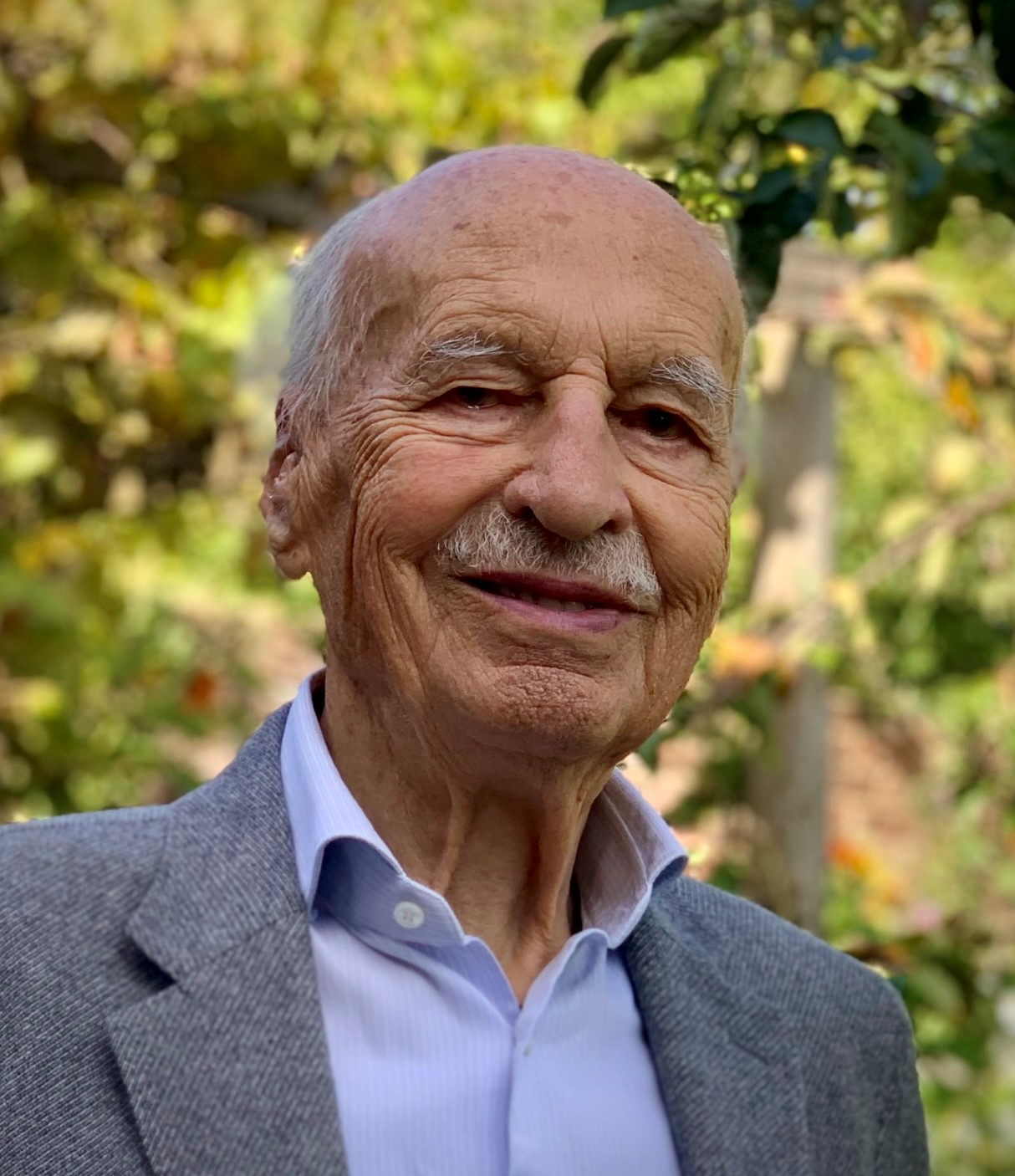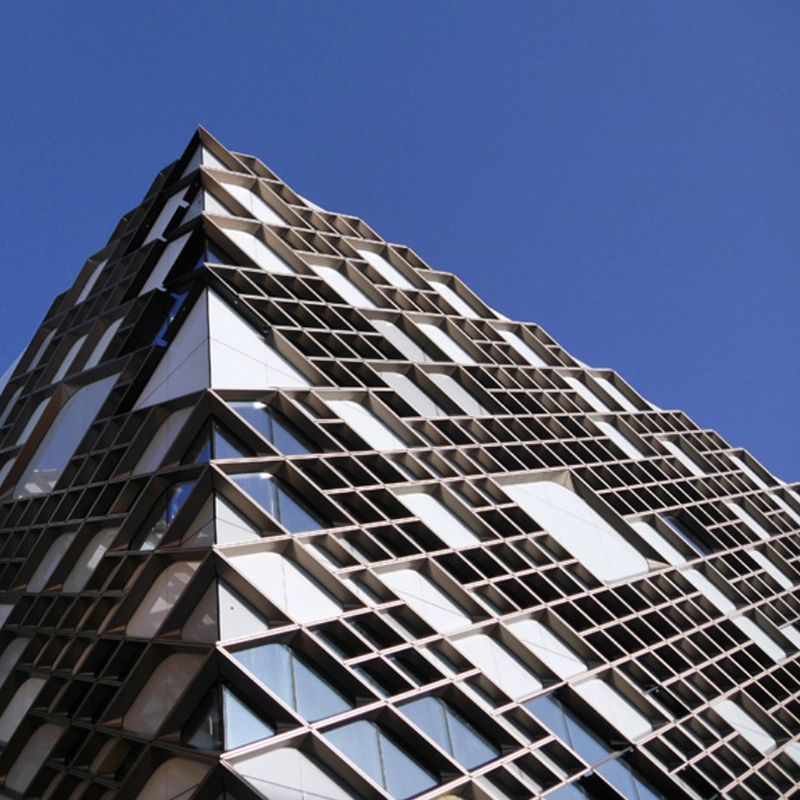Connected systems
Achieving outstanding energy optimisation
Delmatic’s connected solutions lead the way to outstanding energy optimisation by sharing occupancy data and patterns with other systems in a building so that all energy-consuming services link to occupancy.
Delmatic’s connected systems create virtual maps of a building with up-to-the-second information on areas in use. This unique real-time knowledge of occupancy and daylight levels throughout a building is shared with other connected services so that not just lighting, but also heating, cooling, small power and other energy consuming services are all linked to occupancy and daylight.
Sharing Knowledge
Almost every building uses presence or absence detectors to control lighting. Delmatic’s connected controls share knowledge on occupancy with other systems in the building so that other energy consuming services, such as heating and cooling, are related to occupation.
Sharing Hardware
Connected systems use a single sensor to share data with a whole range of building systems using open protocol communication. So connected systems increase energy and operational savings while reducing hardware, installation and network infrastructure.
Cascade your savings
One simple message from a connected sensor triggers a cascade of energy saving routines to the various building services with each separate action saving a serious amount of energy and money in a very smart way.
Ok, so where do I start?
It all starts with a connected sensor and open protocols – so click to watch the video or give us a call.
In an unconnected building, if someone leaves their office at lunchtime to go to a meeting, the traditional presence detector turns off lighting but the heating and cooling and everything else stays on all afternoon and evening – and maybe even half the night.
Connected sensors share key data with other systems to optimise the overall sustainability of a building.
When someone leaves an office in a connected building, the sensor tells the lights to dim gently off, sets the heating or cooling to a wider temperature band, tells the fan to slow down or stop, and closes the blinds to either conserve heat or keep out heat.
Multiply the energy savings from this one office across all the empty areas on one floor and then across all floors of a building and you can see that pretty soon you are making really big savings compared to an unconnected building.

Open protocols
Open protocols are at the heart of today’s connected world. They give you choice, economy and efficiency, ensure multiple sources of supply and support, enable sharing of hardware and real time data, and reduce capital and operational costs.
Find out more

DALI-2 Solar Response
Our latest DALI-2 Solar response systems optimise building efficiency and occupant comfort by combining control of lighting and solar shading.
Find out more










